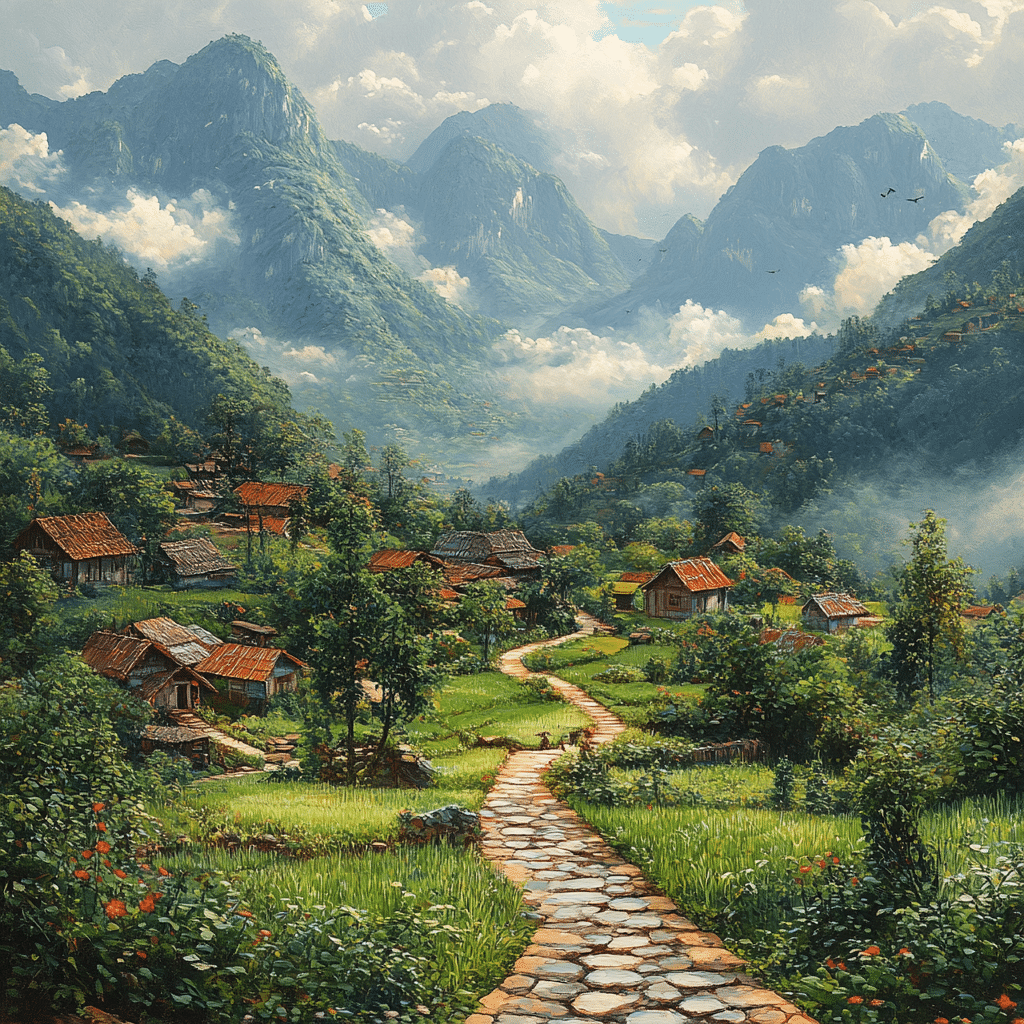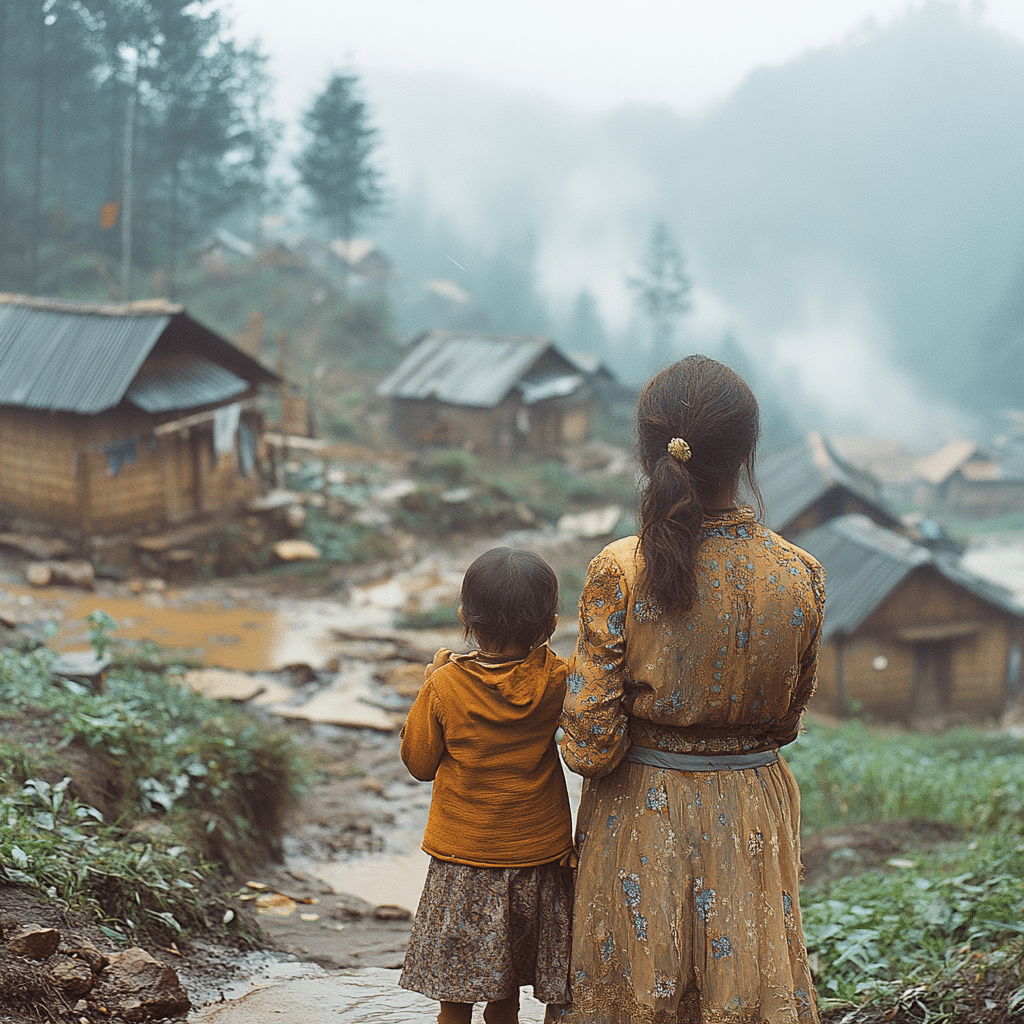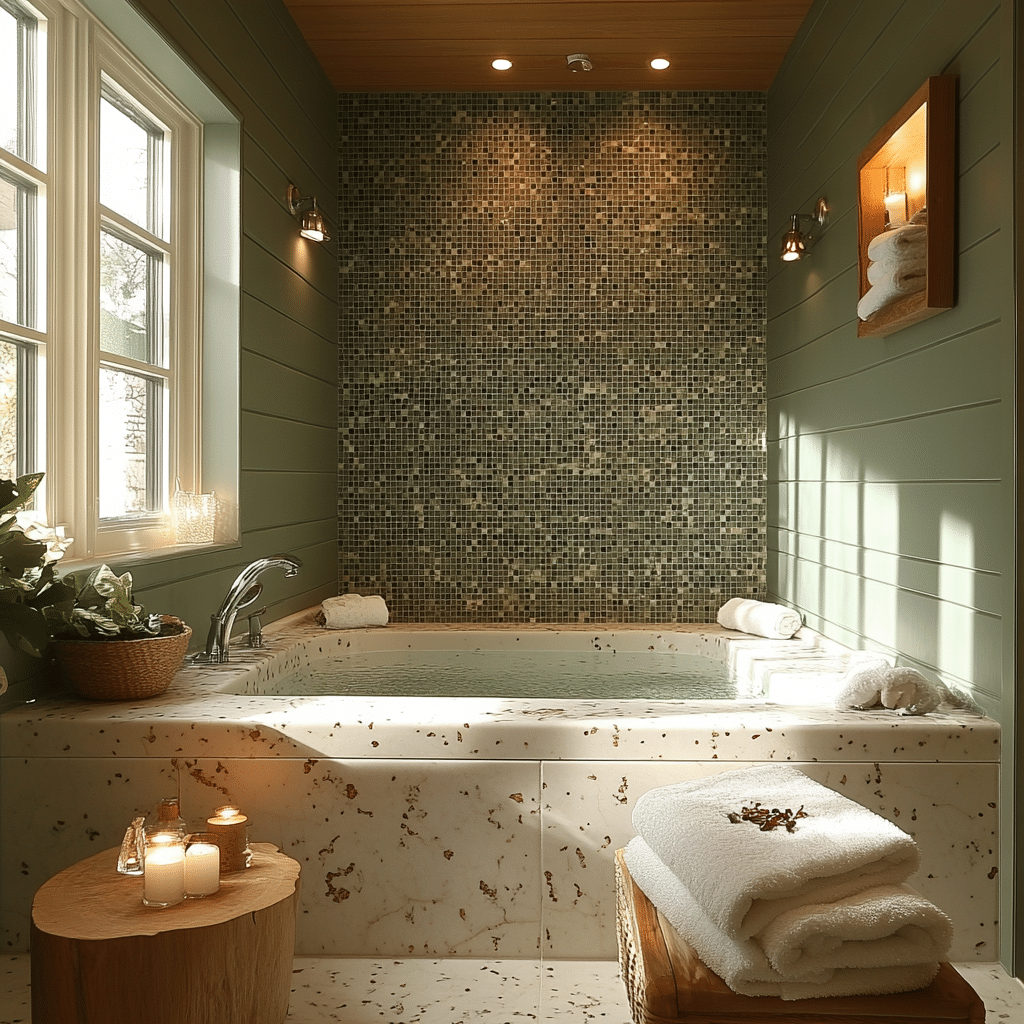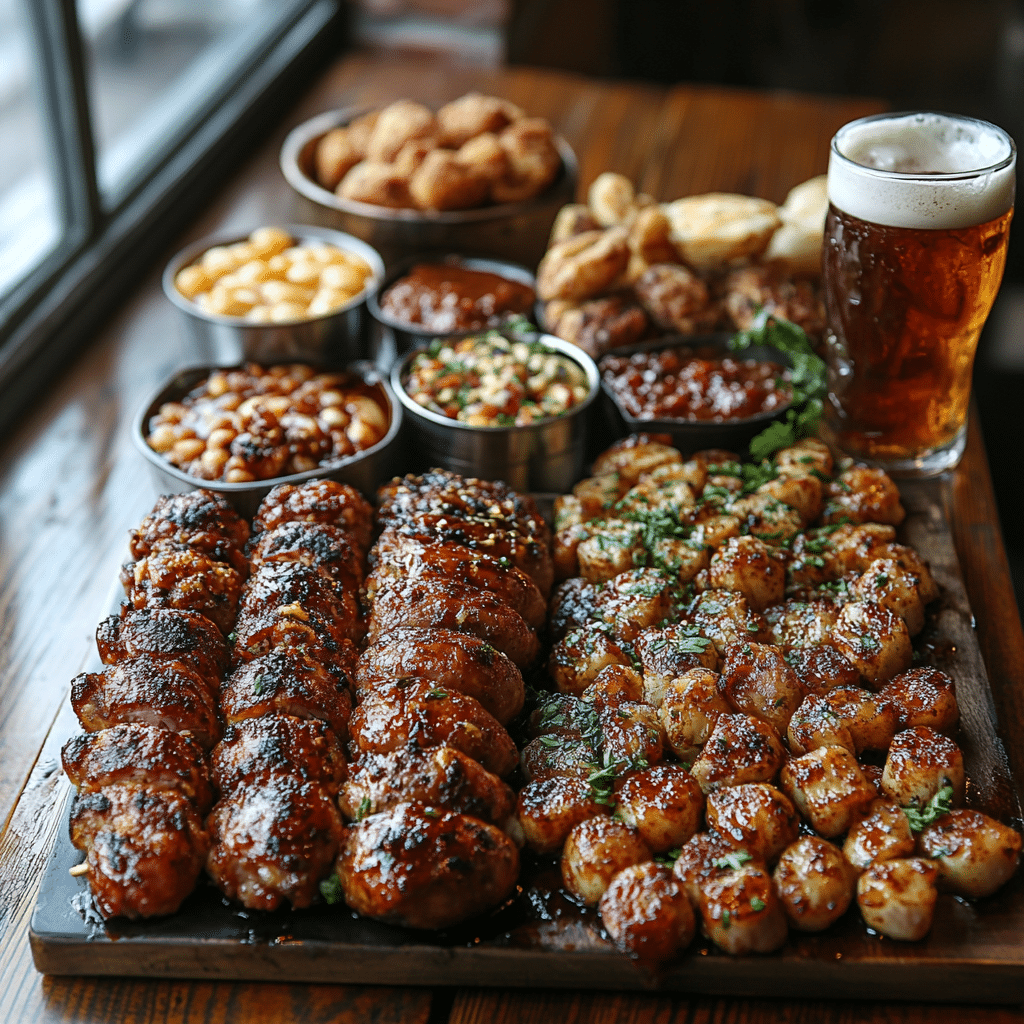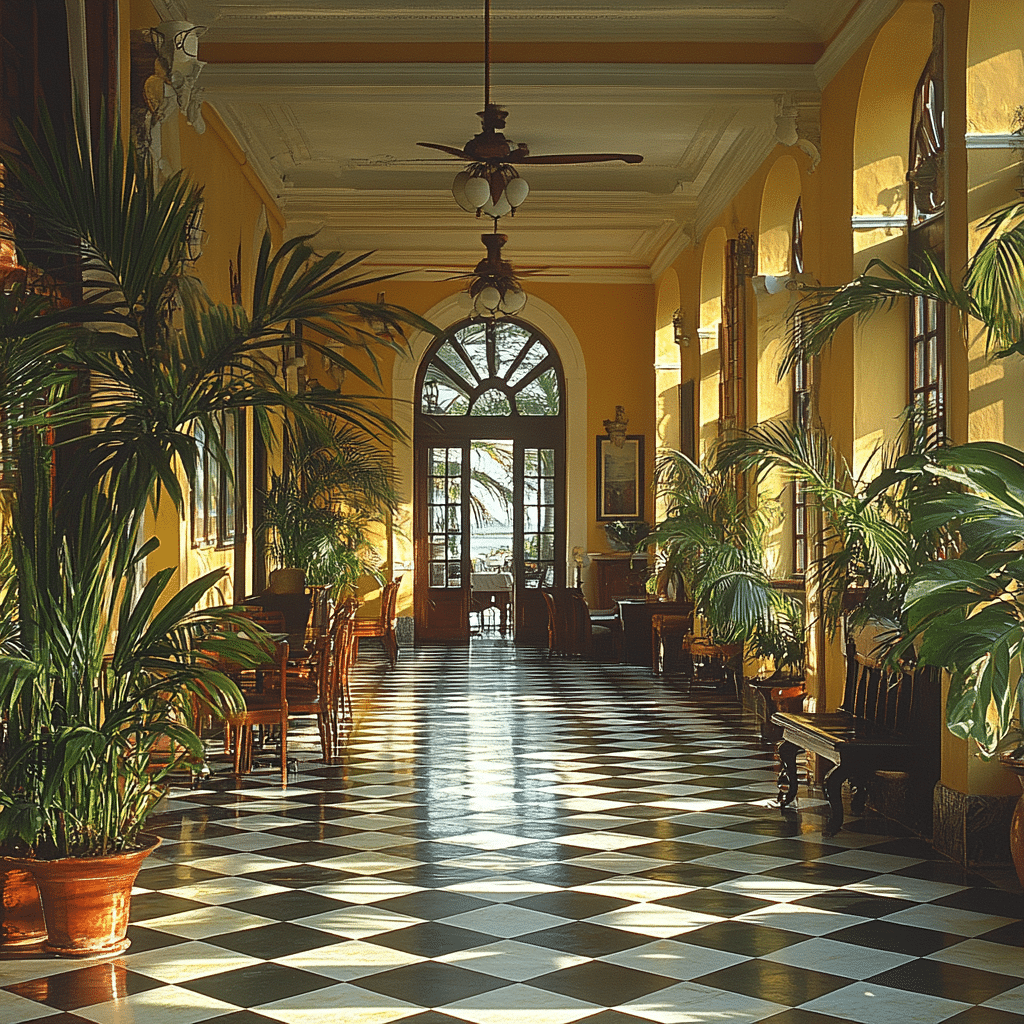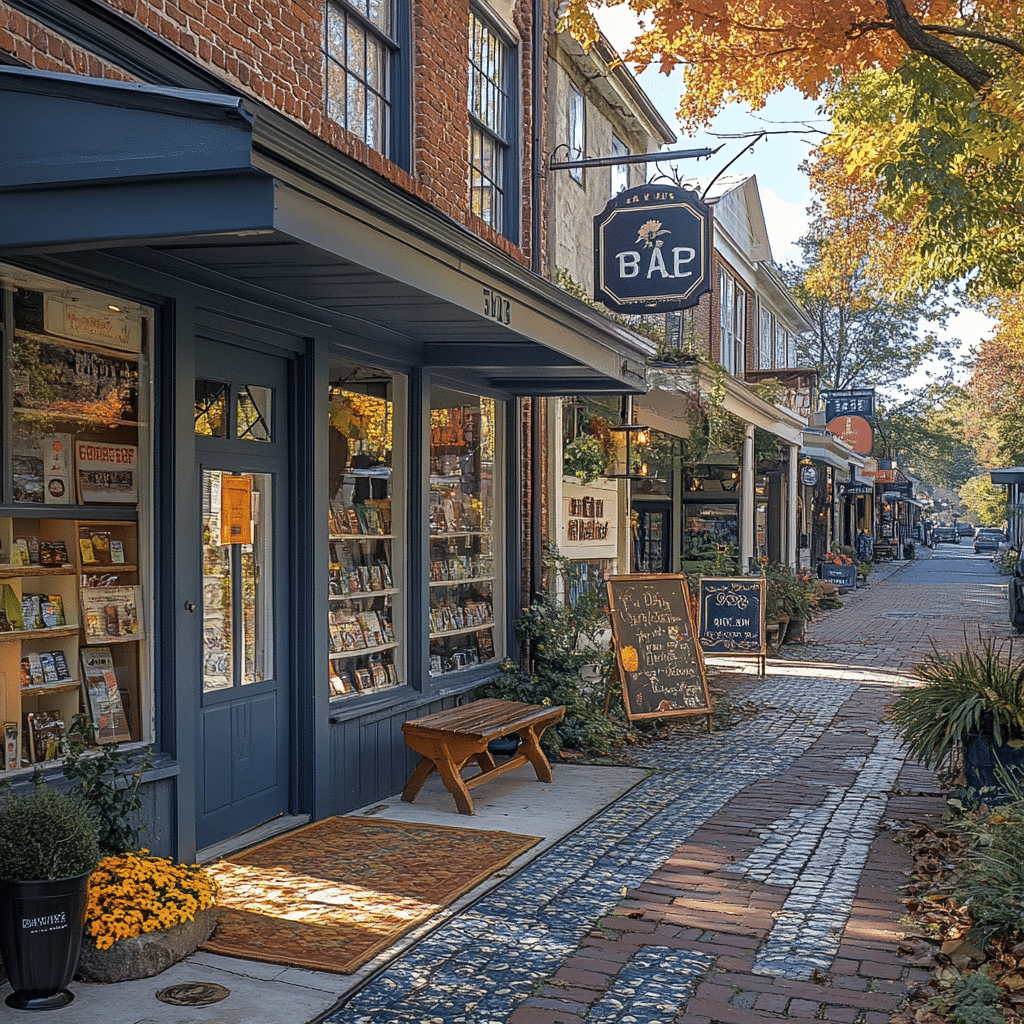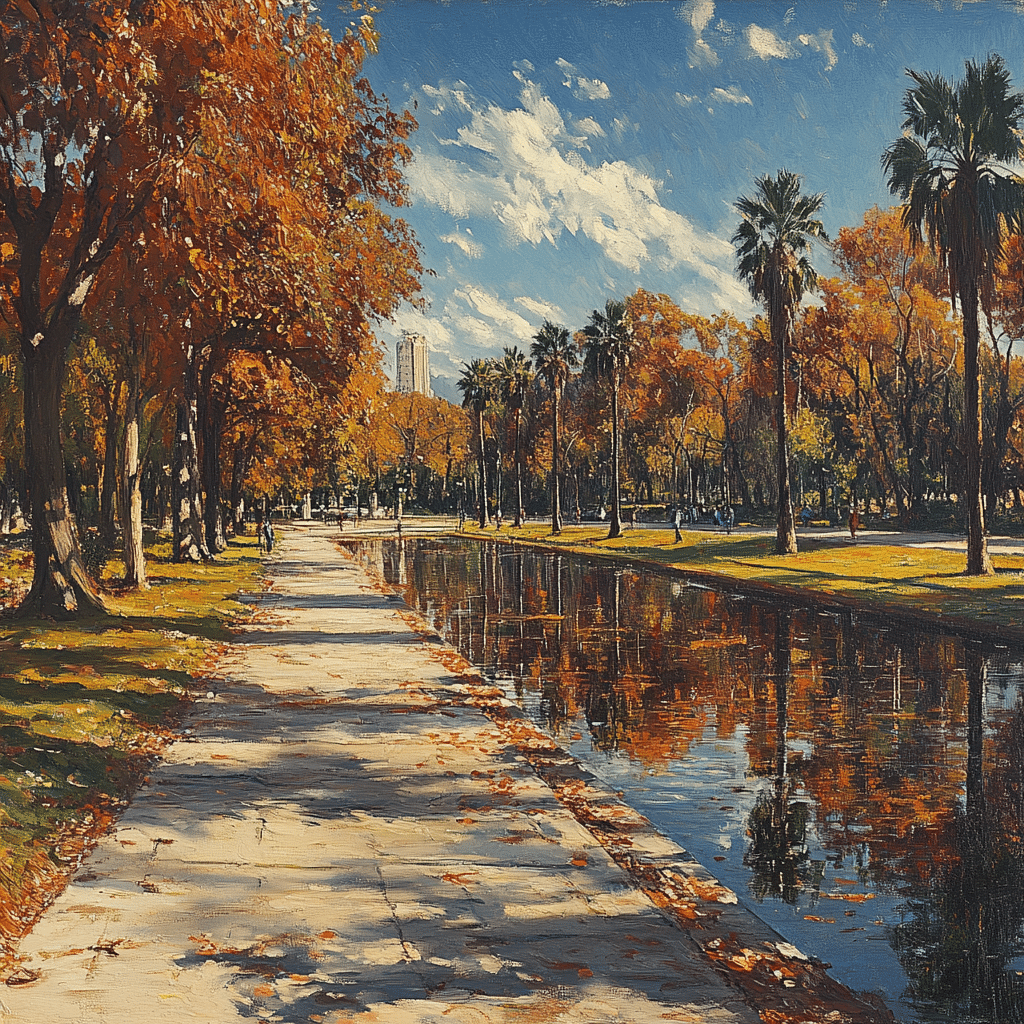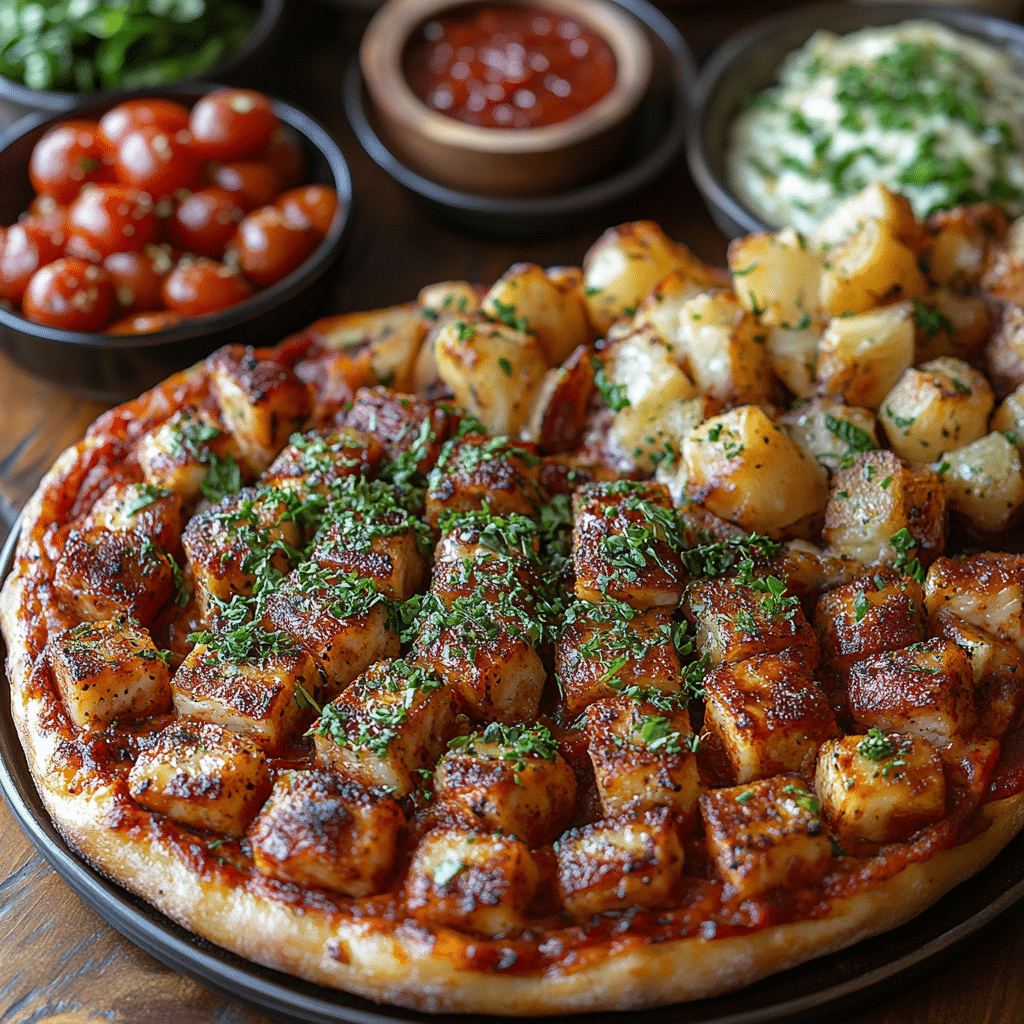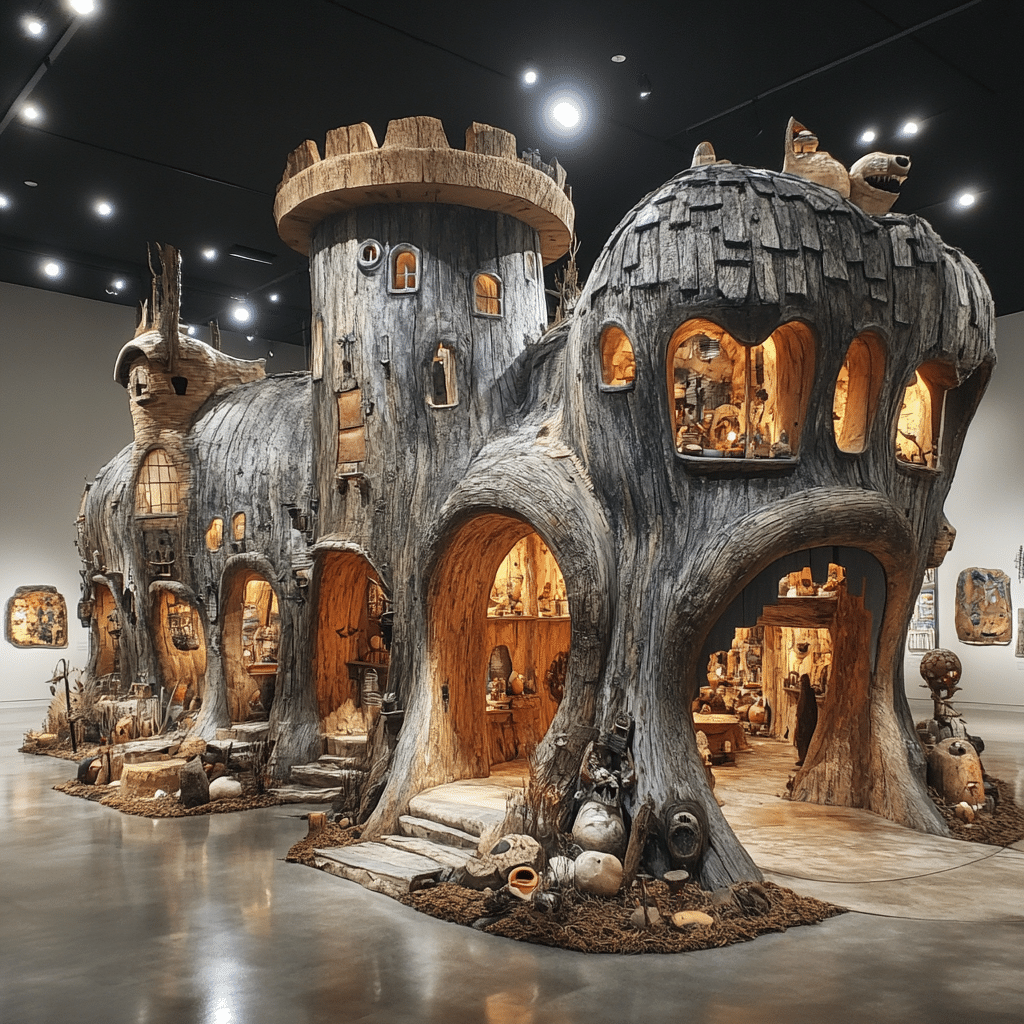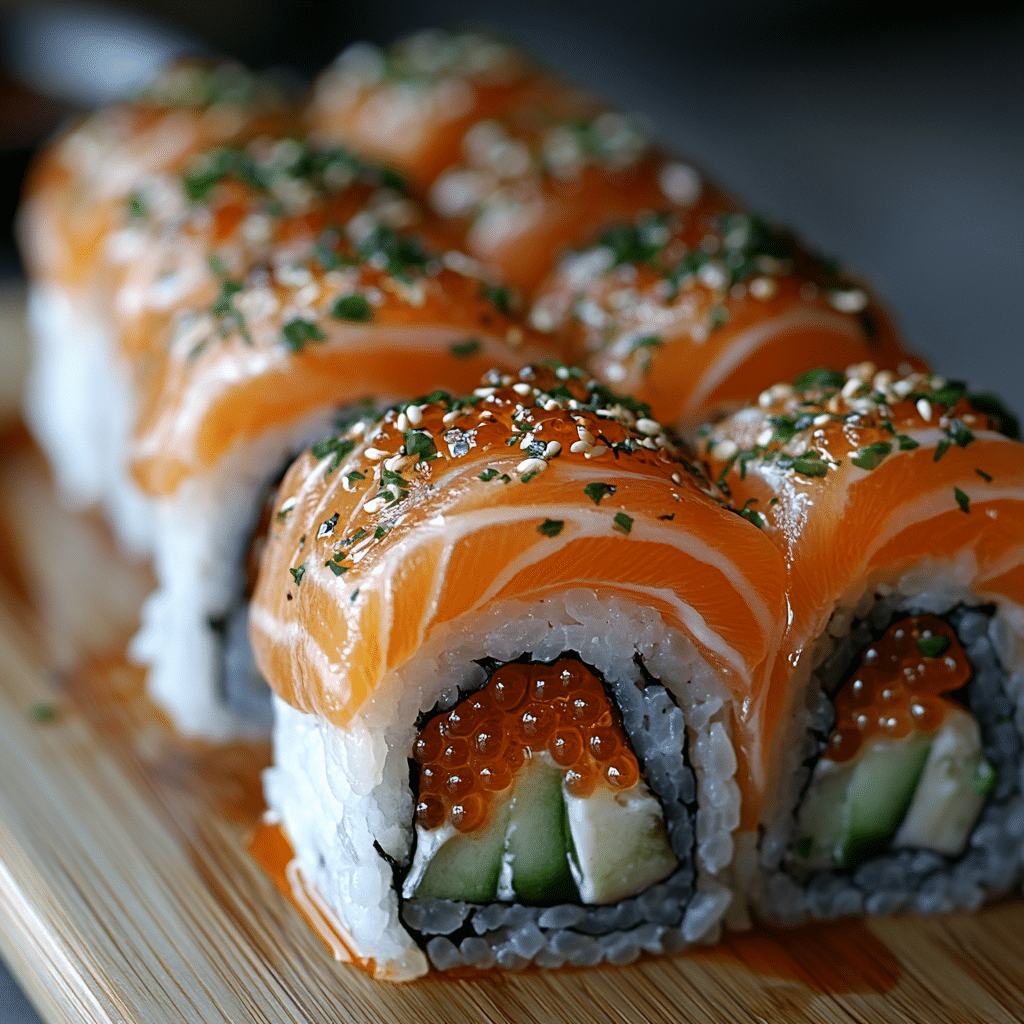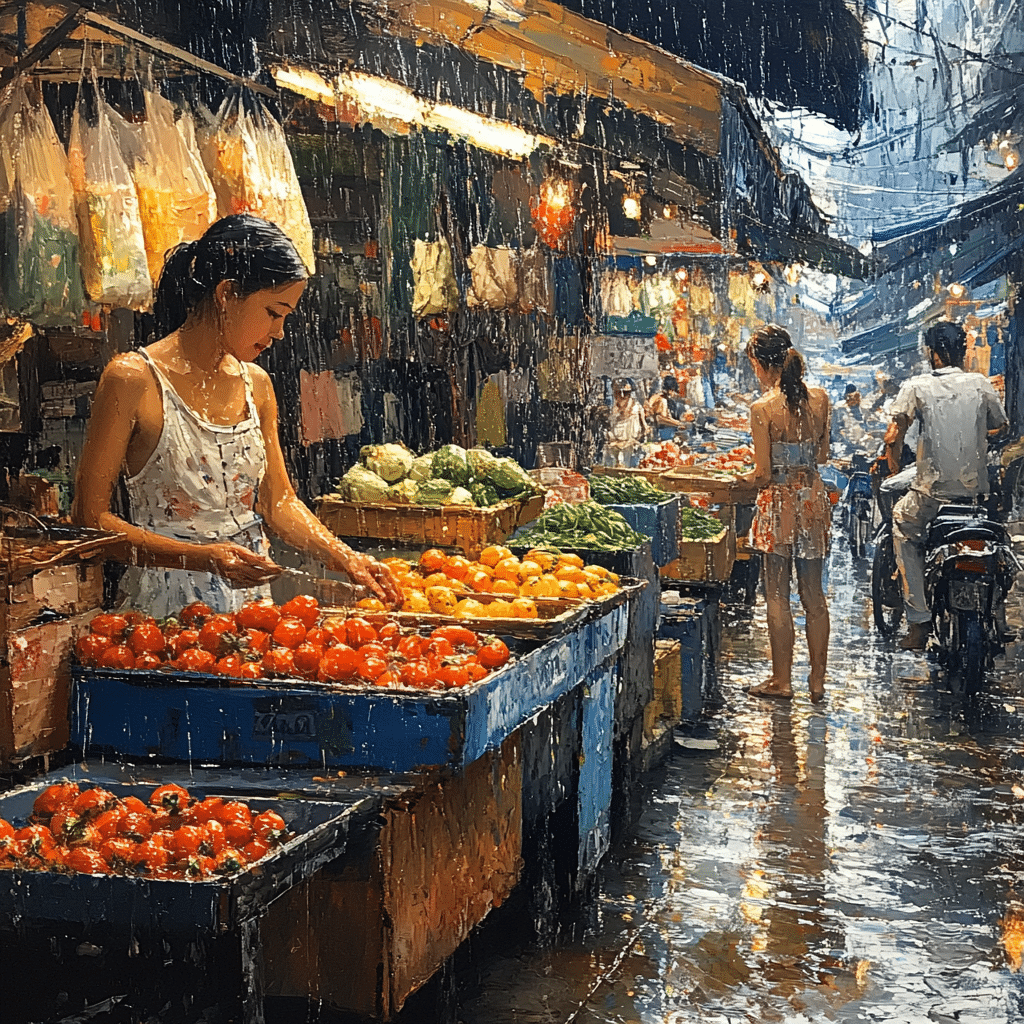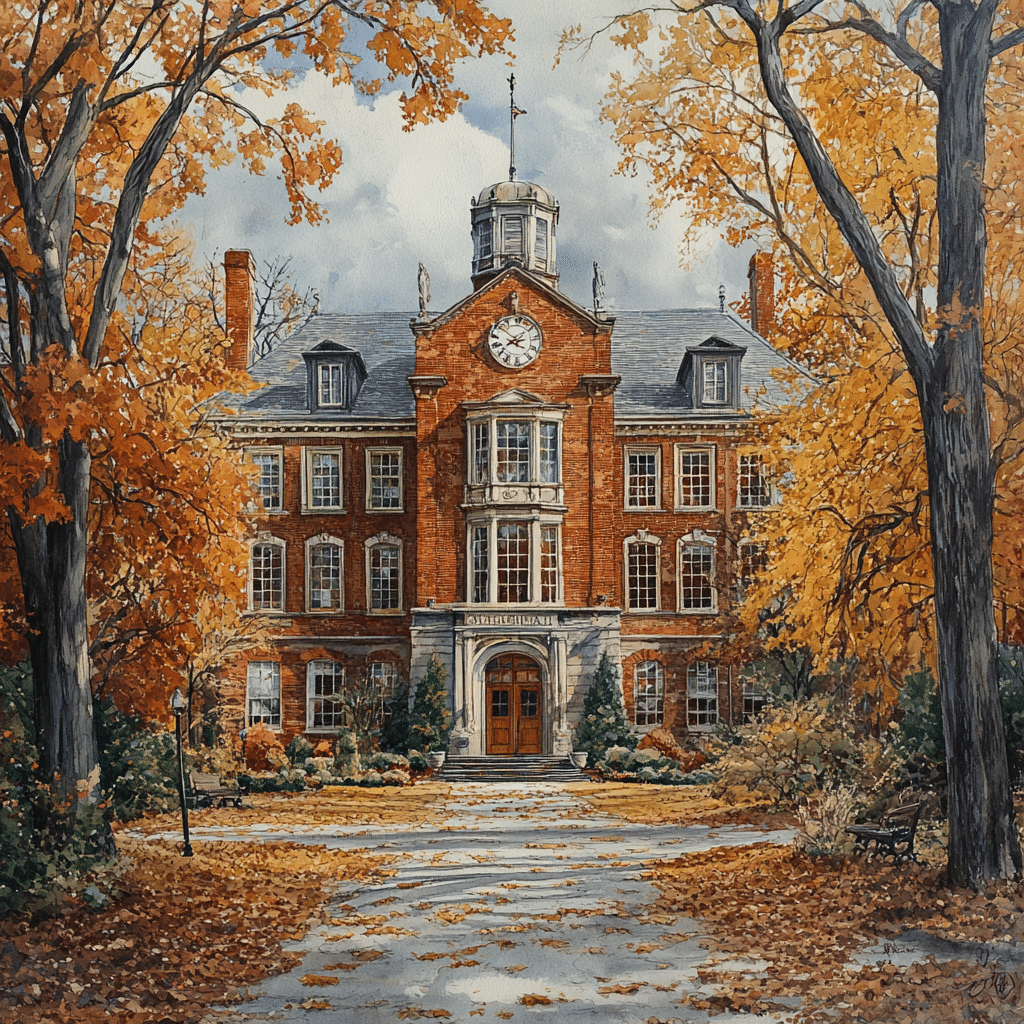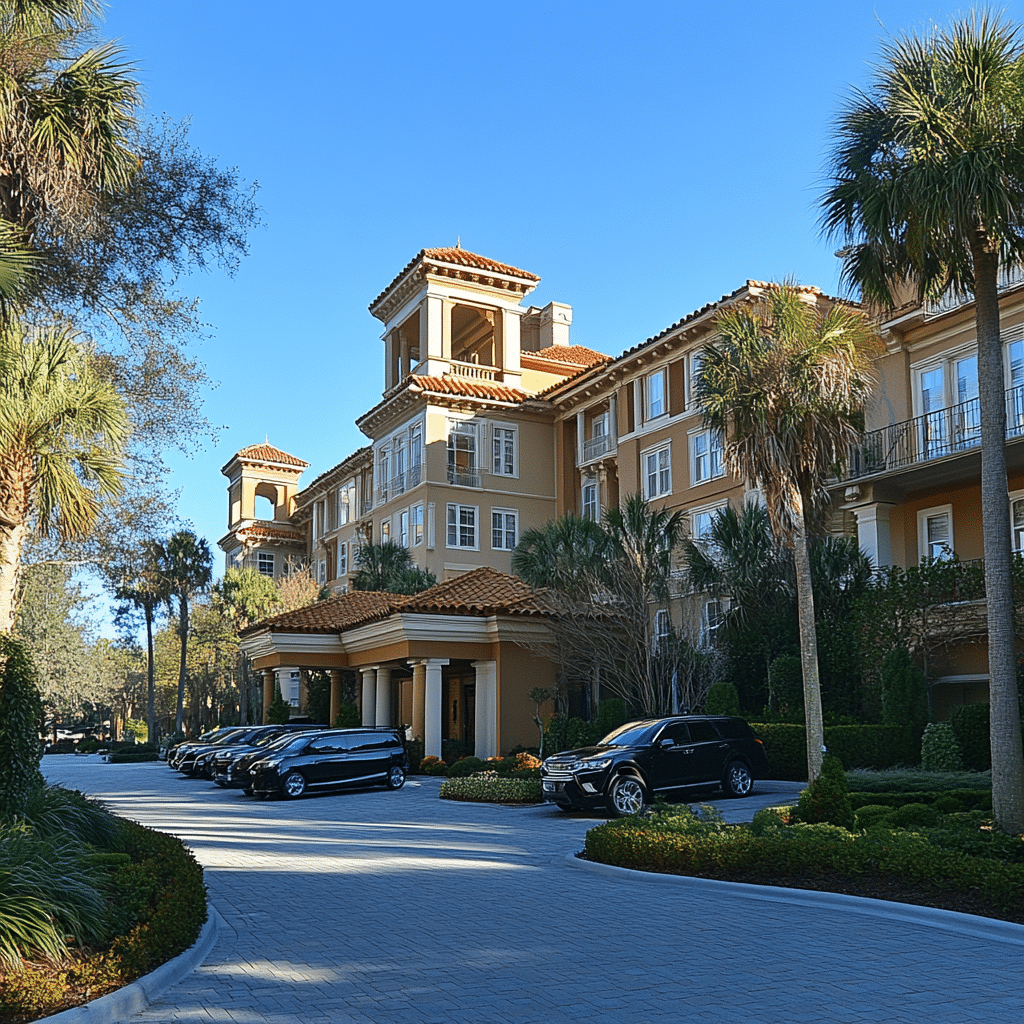Hmong villages present travelers with a rich tapestry of culture and tradition that feels like stepping into a living storybook. Nestled in the scenic beauty of Southeast Asia—spanning across Vietnam, Laos, and Thailand—these villages encapsulate unique ways of life, deeply rooted in history and communal spirit. For anyone yearning to broaden their horizons, venturing into a Hmong village might just be the adventure of a lifetime.
At a glance, Hmong villages are more than mere destinations; they’re a sanctuary for traditions that have endured, shaping the community and its identity. From colorful festivals bursting with joy to tantalizing cuisine served at beloved establishments like the House of Pho, Hmong culture is both enchanting and welcoming. Each aspect of village life provides a doorway into understanding the vibrant spirit that characterizes these remarkable communities.
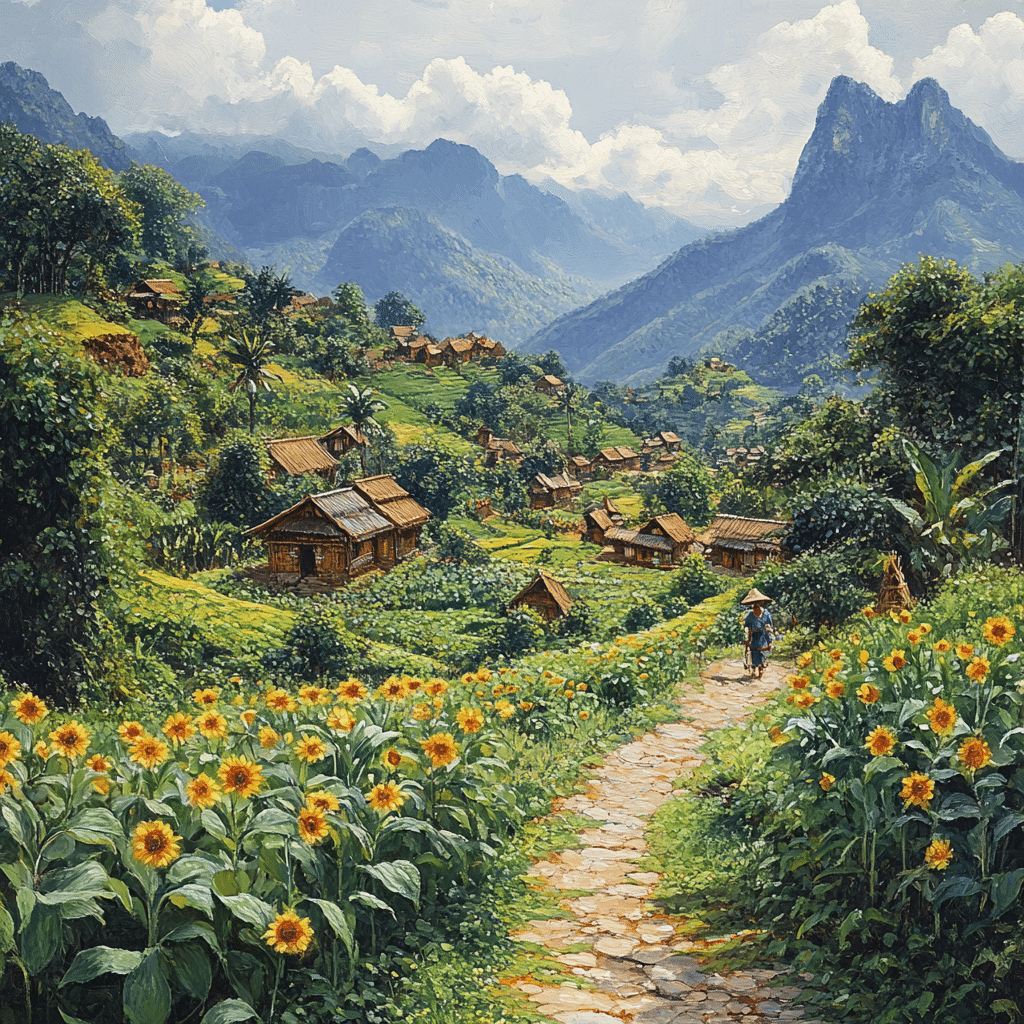
7 Essential Aspects of Life in a Hmong Village
1. Traditional Festivals: Celebrating Community and Culture
When you step into a Hmong village during festival season, be prepared for a visual and auditory feast. Traditional festivals are the heartbeat of the village, with the Hmong New Year being a standout event. This isn’t just a casual celebration; it’s an energetic gathering where people from all walks of life come together like a family reunion.
During these occasions, visitors can witness lively performances intertwined with traditional music, dance, and even beauty contests. There’s something special about the radiant smiles on the faces of the dancers adorned in their magnificent traditional attire, showcasing the fierce pride of their heritage.
The festival atmosphere buzzes with excitement and communal love, making it a fantastic way for visitors, new and seasoned, to bond with the locals, fostering an authentic cultural exchange that is truly memorable.
2. Unique Cuisine: The Heart of Hmong Village Life
Food in a Hmong village is an essential part of daily life, reflecting the community’s linkage to the land. Step into local hotspots, and you’ll find lifelong favorites like the House of Pho, famous for its mouth-watering broth that warms the soul. Dining here isn’t just about the food; it’s about savoring the love and history behind each dish.
Expect to indulge in comforting meals served on communal plates, encouraging sharing and storytelling over steaming bowls. The locals love enhanced flavors, often using fresh herbs such as pho basil to create an unforgettable burst of taste that connects each meal to their agrarian roots.
The culinary delights of Hmong villages go beyond traditional dishes, often evolving to incorporate modern twists that capture visitors’ hearts while staying true to their comforting roots.
3. Traditional Housing: The Architecture of Resilience
The houses you’ll see in a Hmong village stand as impressive testimonies of resilience and adaptability. Made from bamboo and wood, these structures are designed in harmony with their surroundings, embodying a deep respect for nature. You might notice that many of the houses feature multi-functional spaces, reflecting the communal spirit inherent in village life.
Women often gather in communal areas to weave intricate textiles, while men might work alongside them, creating a bustling environment filled with laughter and camaraderie. This social architecture not only supports family life but also nurtures a sense of connectedness among the villagers.
Exploring these homes gives visitors insight into the Hmong people’s adaptability and ingenuity, showcasing how they navigate their mountainous terrains while staying deeply engaged with one another.
4. Artisanal Crafts: Preserving Cultural Heritage
Hmong villagers shine as skilled artisans whose crafts are cherished and treasured. From intricate textiles to delicate jewelry, their art tells stories passed down through generations. Crafting these goods is not just about the final product; it’s about preserving meaningful traditions imbued with love and history.
Visitors to the village can witness masterful artisans at work, their hands moving almost like dancers as they weave vibrant pieces or stitch detailed embroidery that celebrates their heritage. Often, these textiles are worn during significant life events, underscoring their cultural importance.
By purchasing local crafts, travelers not only take home unique pieces but contribute to sustaining a vital part of Hmong culture, offering respect and admiration to its rich artistic legacy.
5. Spiritual Beliefs: A Connection Beyond the Physical
In a Hmong village, spirituality holds substantial importance. Many residents practice animism and ancestor worship, celebrating a belief system deeply interwoven with respect for nature and the lives of those who came before.
Visitors might be privy to various rituals and ceremonies, each rich with symbolism and profound emotion. These events allow outsiders to gain an understanding of how the Hmong navigate the cycles of life and death, making their belief system a vital aspect of daily existence.
Witnessing these spiritual practices connects visitors to the deeper dimensions of what it means to be Hmong, unveiling a wisdom that transcends cultural boundaries.
6. Education and Modern Influence: Bridging Tradition and Progress
As the world evolves, Hmong villages are not left behind. Many embrace modern education systems, enabling younger generations to learn the nuances of their culture alongside essential academic subjects. A notable example is the Loring Place neighborhood, where kids explore their roots while preparing for the future.
This intersection of tradition and progress fosters a growing curiosity about the world, allowing children to appreciate their heritage while pursuing opportunities beyond their villages. It’s a testament to how Hmong youth can embrace their culture while being equipped to navigate modern society.
Visits to schools in the vicinity provide an enlightening experience, showcasing how communities adapt and thrive in today’s fast-paced world.
7. Hospitality and Community: The Soul of the Hmong Village
The warmth of hospitality in Hmong villages is palpable. Villagers take great pride in welcoming guests into their homes, often offering local delicacies that leave lasting impressions. Establishments like the Tru Hotel and Dim Sum House become gathering spots, where visitors share meals and stories with locals, forming authentic bonds.
Each meal is an invitation into a way of life that values sharing, connection, and community. It’s here that laughter flows as freely as the food, turning every dinner into a celebration of friendship and understanding.
This connection with the community enhances the overall travel experience, anchoring each visit in heartwarming memories.
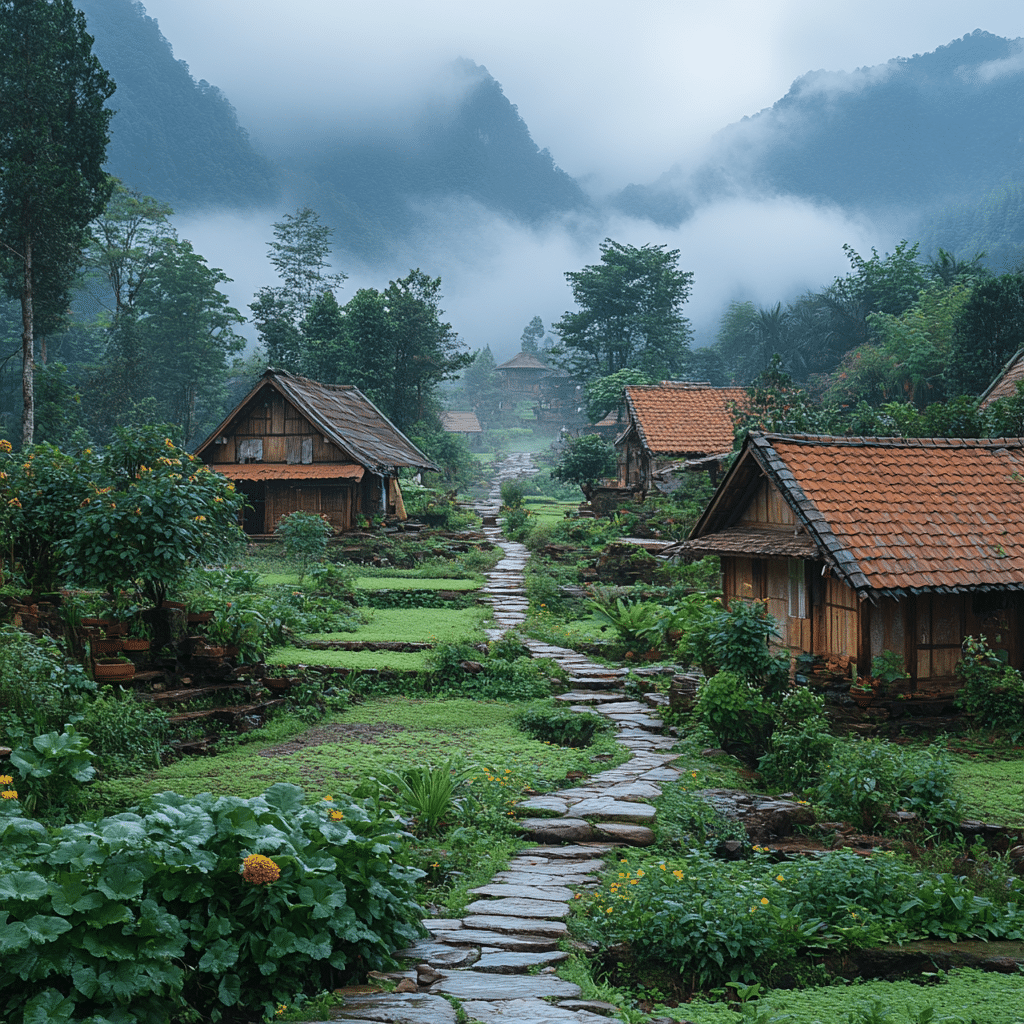
Embracing the Hmong Experience: Engaging with the Community
Visiting a Hmong village is about more than just sightseeing; it’s about immersing oneself in a community that vibrates with life and cultural significance. Engaging with locals through shared meals at the pho house, attending festivals, or observing artisans as they create can deepen one’s appreciation for the traditions that continue to flourish.
Traveling to a Hmong village offers a rare chance to witness how a people holds onto their identity amidst changes. The lessons learned resonate far beyond one’s journey, offering insights into connection, tradition, and the beauty of heritage.
In each Hmong village, travelers find an antidote to the hurried pace of modern life. It’s a gentle reminder of the importance of community and identity, alongside a powerful exploration of culture that leaves one transformed. Prepare to carry home not just souvenirs, but rich stories and cherished relationships that will last a lifetime.
Hmong Village: A Glimpse into Its Vibrant Culture and Traditions
Dive into Traditions
In a charming Hmong village, vibrant traditions bloom like wildflowers in spring. Known for their intricate embroidery and bold colors, the Hmong people have a rich heritage that speaks volumes. Did you know that their traditional clothing often tells stories of personal history? Each stitch can represent family lineage, social status, or marital stage, much like how favorite tunes on the radio might connect nostalgia for those unforgettable cult classic movies. Just as the San Juan Mountains paint a picturesque backdrop for stories, these garments weave a tapestry of identity and pride.
Festivals and Celebrations
Festivals in a Hmong village burst with energy and enthusiasm, reflecting a communal spirit that is contagious. One highlight is the vibrant New Year celebration, showcasing singing, dancing, and traditional games. The atmosphere is reminiscent of a thrilling event, like a Grave Digger monster truck show, where the excitement is palpable! During these festivities, you’ll also get a taste of Hmong cuisine, where ingredients are local and flavors are bold—just like the zesty Ragin Cajun dishes. These events not only draw locals but also travelers hungry for authentic experiences.
Nature and Lifestyle
Living in harmony with nature is central to the lifestyle in a Hmong village. Surrounded by breathtaking landscapes, you might even stumble upon hot springs that rival the Durango hot springs, offering relaxation after a day filled with farming and community activities. When the sun sets, storytelling becomes a cherished activity, akin to gathering around to watch the latest blockbuster or the much-anticipated Taylor Swift Eras Tour movie. Each tale, much like crafting a perfect tan with the best self tanner, adds layers to the community, nurturing relationships and preserving their heritage for generations to come. With so much going on in a Hmong village, it’s clear that each moment is filled with rich, cultural significance.
